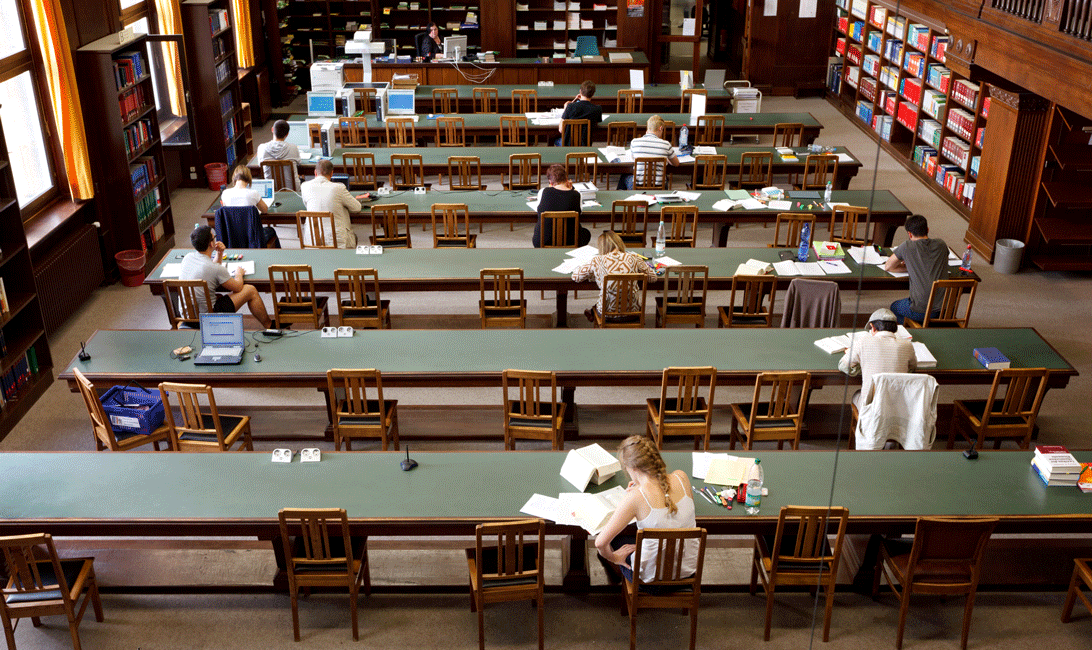Bathing in winter / log #003
The very first step of my research, ten years ago. Looking at historical bathers and learning what can heal.
At the end of 2013, a colleague1 told me that after graduation comes freedom. I had difficulty picking up my pace or finding reasons to get out of bed in the morning. “The key to getting going,” he told me after listening to my complaints, “is just to pick an idea you like and start working on it!”. Now, unlike at art school, there would be no commission to give detailed critique on my choice of subject or medium. A luxury that, as a recent graduate, I was not able to grasp yet.
The subject I picked was historical spa towns. I needed a break and wanted to go out and discover new places. My colleague’s advice gave me permission to start working on a topic like that. It also allowed me to book a trip to a historic spa town and chill out. At the time I was wondering if something was off, as I would become anxious and tired only thinking of going to the studio and starting new projects, ever since finishing school. The mineral-rich waters might help me get back on track.

The first trip brought me to the German city of Wiesbaden, only a few hours by train from Antwerp. Wiesbaden has all ingredients of a typical spa town: hot springs, baths, a casino and a park for rejuvenating strolls. I stayed in a home for the elderly, which apparently had rooms for rent. My room had a small kitchen and an adjustable bed with a remote control. There was also a small pool in the basement, that I swam in one morning before breakfast.
But the main attraction for me was the Kaiser Friedrich Therme. These public baths have an air of history, with a beautifully tiled central pool. A kind German lady in the dressing rooms gave me some guidance, sharing that she herself would visit the Therme multiple times through the colder months. Hours went by, switching from the steam room to the pool, to the sauna and back. I loved observing all the rituals in the baths. The older man who lets the water fall on his shoulders for minutes on end, the stone that’s lifted in and out of a water reservoir in the Steindampfbad, and someone slowly descending into the cold plunge pool.

When I wasn’t bathing, I was in the Hessische Landesbibliothek. I mostly looked at old ephemera that had to do with the guidelines about the Kurpark and the baths. The quietness of the library was soothing and it was incredible to learn about the old-school catalogue - a wall of drawers with stock cards representing the collection. The materials I wanted to look at had to be written on green request slips and posted in a box.
My requests included publications about the history of Wiesbaden, its famous visitors (Goethe) and its famous local doctors, including Emiel Pfeiffer2, who’s renowned for discovering the Epstein-Barr virus, and who knew all about apathy and bathing. Mathias Godt3 describes that during Pfeiffer’s life, because of rapid industrialization, Germans were looking for natural sources of health and well-being. “Light, air, water, exercise, rest, warmth,” as sources to recharge the tired people of their time.

Last on my list to visit was the Wiesbaden museum. Their collection is a compelling combination of natural history and art. Taxidermied amphibians, paintings and sculptures. I took some notes, where it was clear where my focus was: “Donald Judd’s cubes seem to become changing rooms, light blue glass rectangles are like pools. The frieze by Mangold would fit in perfectly, in the casino or the baths. No wonder I’m thinking of bathing, as much like in the Therme, the sound of the fountain in the central hall can be heard all through the museum.”

The Wiesbaden trip was the start of many, all through Europe, bathing and swimming wherever I went. The park, the archive and the baths loosened my imagination and made me curious to see what else is possible. Today I was requesting books about swimming pools and spas again, this time in Antwerp.
Returning to the library is a reminder of what I need to recharge. Not only the warmth of the baths and the sips of smelly water straight from the source, but also the concentration in libraries, and the soft murmur of museums. Taking time for long train journeys and books. Following my personal interests to weird places. And also a reminder to listen to my friend’s advice.
P.s. I didn’t buy any souvenirs in Wiesbaden, but I did bring back some of the mineral-infused water. When it comes from the Kochbrunnen, it’s warm and has a strange smell. I have been moving it with me from apartment to apartment. The picture below shows its current location, on the top shelf of the hallway closet. Mysterious sediment has been there since the start.
All doctors working in Wiesbaden wrote down their own idea of a healthy Kur. According to Pfeiffer, taking cold baths and leisurely hanging around in the Roman-Irish bath was useless. His prescription was for 4 weeks in Wiesbaden, taking only 21 short baths in 35 degrees water from the local sources.
Der Wiesbadener Arzt und Entdecker des Drüsenfiebers Dr. Emil Pfeiffer (1846 - 1921) : Leben und Werk / Matthias Godt - https://wellcomecollection.org/works/qjaxqsde


